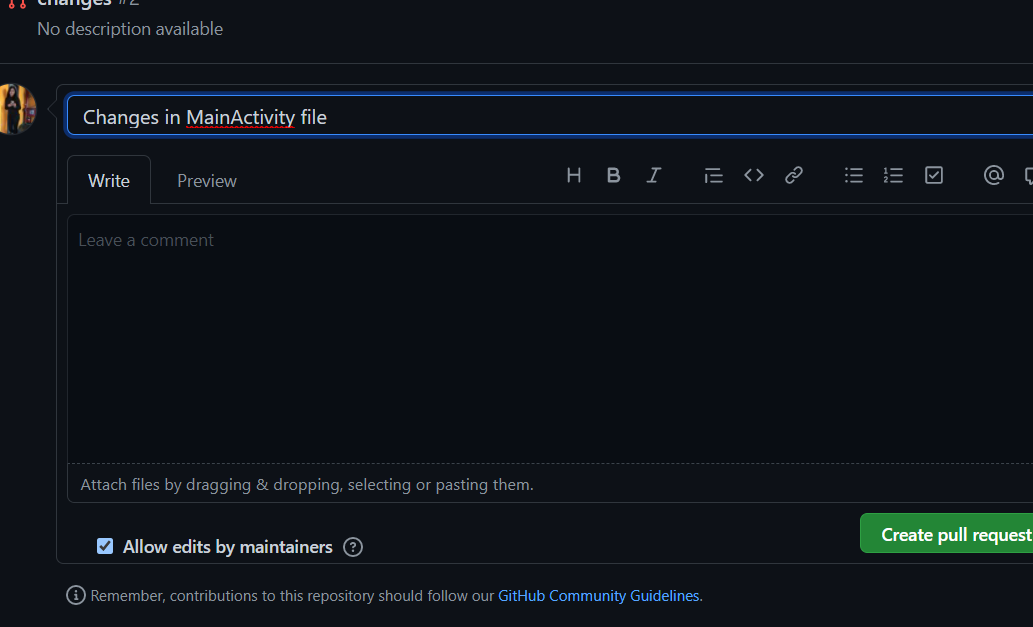
Or, Alternatively, you can use Terminal command: You will get the version name and message on successful test. Then click ‘Test’ to ensure that Git is configured properly in Android Studio.

In Android Studio, go to ‘File’ –> ‘Settings(Ctrl+Alt+S)’ –> ‘Version Control’ –> ‘Git’. Here are the steps to configure git in Android Studio 1. All we need to do is enabling it.Īs a prerequisite, you need to install git in your local environment.

Google Play and the Google Play logo are trademarks of Google Inc.Hello fellow Dev’s, this tutorial will help you in setting up GitHub using Android Studio IDE.Īndroid Studio comes with the Git client. If you find bugs or have problems with the server/backend, you should ask the Nextcloud server team for help! Remarks 📜 Keep in mind, that this repository only manages the Android app. If you have found a bug, feel free to open a new Issue on GitHub. If you need assistance or want to ask a question about the Android app, you are welcome to ask for support in our Forums. Note: Your device needs to be rooted for this approach! Development version 🔨 enter logcat -d -pid $(pidof -s ) -f /sdcard/logcatOutput.txt.open terminal app (can be enabled in developer options).For a PowerShell terminal, replace %USERPROFILE% with $env:USERPROFILE in the commands above.if the processID is 18841, an example command is: adb logcat -pid=18841 > "%USERPROFILE%\Downloads\logcatOutput.txt" (You might cancel the process after a while manually: it will not be exited automatically.).adb logcat -pid= > "%USERPROFILE%\Downloads\logcatOutput.txt" (This will produce a logcatOutput.txt file in your downloads).enter adb shell pidof -s '' and use the output as in the following command:.download and install Minimal ADB and fastboot.Note: You must have adb installed first! On Windows: enter adb logcat -pid=$(adb shell pidof -s '') > logcatOutput.txt to save the output to this file.enable USB-Debugging in your smartphones developer settings and connect it via USB.Getting debug info via logcat 🔍 With a linux computer: But basically: fork this repository and contribute back using pull requests to the master branch.Įasy starting points are also reviewing pull requests and working on starter issues. Make sure you read SETUP.md and CONTRIBUTING.md before you start working on this project. More information on how to contribute: Start contributing 🛠️ Please review the guidelines for contributing to this repository.

This document offers some guidance to ensure Nextcloud participants can cooperate effectively in a positive and inspiring atmosphere, and to explain how together we can strengthen and support each other.


 0 kommentar(er)
0 kommentar(er)
